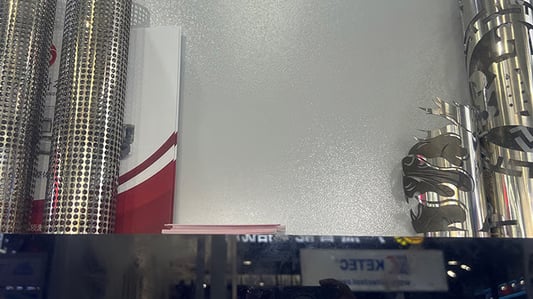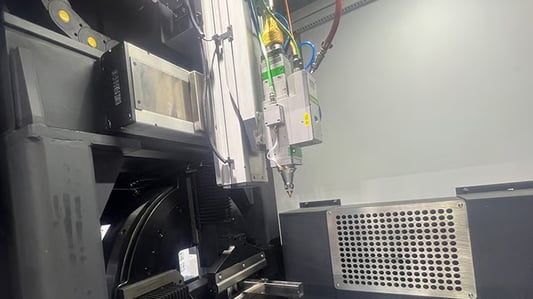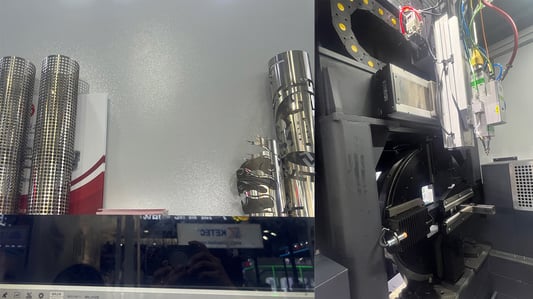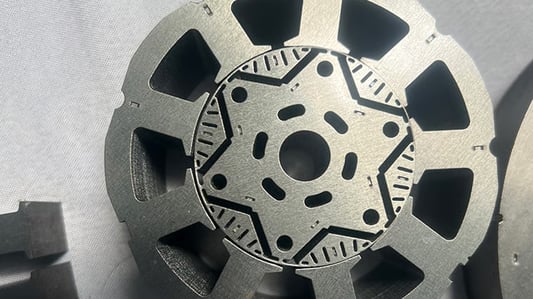Increased Efficiencyautomatic tool changers in machining offer the advantage of increased efficiency. The ability to automatically switch out tools without manual intervention can significantly reduce downtime and increase productivity. This means more parts can be produced in a shorter amount of time, ultimately leading to cost savings for the manufacturer.Improved PrecisionOne of the key benefits of using an automatic tool changer is the improved precision it provides. With the ability to quickly and accurately switch between different tools, machining operations can be completed with higher levels of accuracy. This is especially important in industries where tight tolerances are crucial for the quality of the final product.Flexibility in OperationsAutomatic tool changers offer a great deal of flexibility in machining operations. Different types of tools can be loaded into the changer, allowing for a variety of machining processes to be completed without the need for manual tool changes. This versatility enables manufacturers to produce a wider range of products with the same machine.Time SavingsBy eliminating the need for manual tool changes, automatic tool changers save valuable time during machining operations. This time savings can add up significantly over the course of a production run, resulting in greater overall efficiency and output. Operators can focus on other tasks while the machine takes care of tool changes automatically.Cost-EffectivenessWhile automatic tool changers may represent an initial investment, they can ultimately lead to cost savings for manufacturers. The increased efficiency, improved precision, and time savings offered by automatic tool changers all contribute to a more cost-effective machining process. In the long run, the benefits of using an automatic tool changer outweigh the initial cost.Reduced Risk of Human ErrorManual tool changes introduce the risk of human error, which can lead to costly mistakes and rework. Automatic tool changers help to reduce this risk by ensuring that tools are consistently and accurately changed according to the programmed instructions. This minimizes the potential for errors and improves the overall quality of the machining process.Enhanced SafetyAutomatic tool changers help to enhance safety in machining operations. By eliminating the need for manual tool changes, operators are at a lower risk of injuries that can occur during these processes. Additionally, automatic tool changers are often equipped with safety features to further protect operators from potential hazards.Seamless IntegrationMany modern CNC machines are designed to seamlessly integrate with automatic tool changers. This means that manufacturers can easily incorporate this technology into their existing machining processes without the need for extensive modifications. Seamless integration ensures a smooth transition to using automatic tool changers.Increased Machine UptimeAutomatic tool changers help to maximize machine uptime by reducing the time spent on manual tool changes. This means that the machine can continue running uninterrupted for longer periods, ultimately increasing overall productivity. With automatic tool changers, downtime due to tool changes is minimized, leading to greater efficiency.Competitive AdvantageIn today's competitive manufacturing landscape, having the latest technology such as automatic tool changers can give businesses a competitive edge. The efficiency, precision, and cost-effectiveness offered by automatic tool changers can help manufacturers stay ahead of the competition and meet the demands of their customers. Investing in automatic tool changers is a strategic decision that can lead to long-term success in the industry.Quote Inquirycontact us










